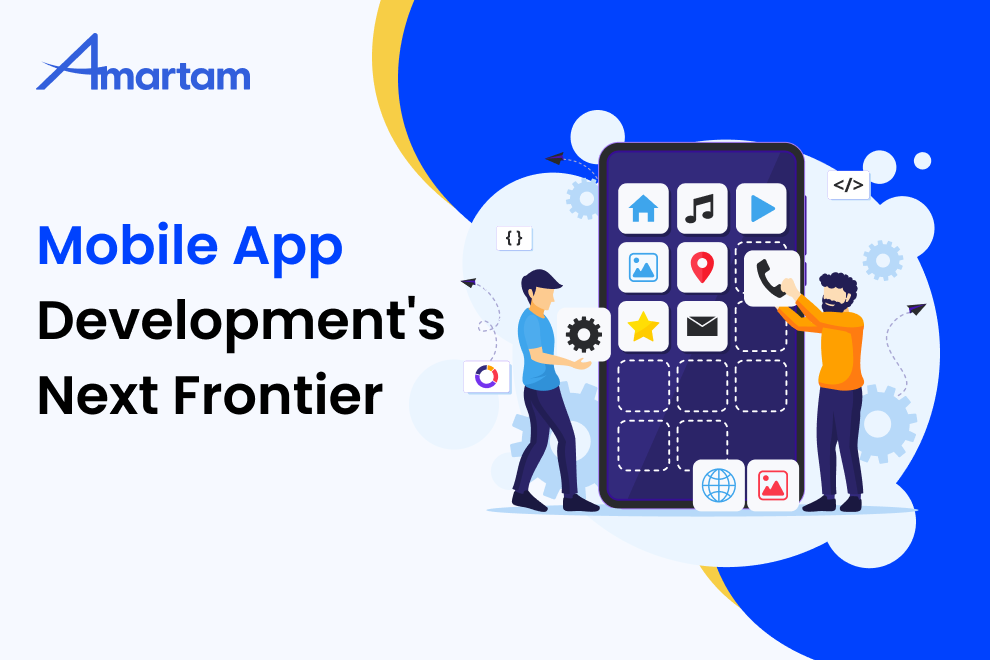
Just for a second, picture this: your website, with all the handy features of a mobile application development service and the ease of use of a regular web page. Progressive Web Apps have made it possible for us to mix the best of both worlds, allowing us to create an extremely dynamic interface that goes beyond the norm. If we had considered this the case just a few years ago, we would have thought it was an impossible task. Even with poor Internet connectivity, the user is now able to interact in a simple manner across all channels.
Combining desktop and mobile platforms is no longer a dream. Progressive web apps (PWAs) are a natural progression for desktop software in the early digital world. Adapting swiftly to behavior changes is more important than ever, especially as user interaction patterns grow more mobile. PWAs reduce product launch time by avoiding native development.
What is a progressive web app (PWA) and how does it impact features and functions?
PWAs are a new wave in mobile app design services. As a major software breakthrough this year, they’ve dominated. Google invented the notion in 2015, but it’s becoming popular. The amount of PWAs available is almost minuscule compared to the mobile app design services market, but we are likely to see more. An app that functions similarly to a website, in that it is easily accessible through URLs and can be crawled by search engines, but that extends beyond the boundaries of browser-based access and into the realm of mobile applications is known as a Progressive Web App. Not only can the user add a PWA site to the main screen of their smartphone, but they can also send push alerts and even utilize it when they are not connected to the internet.
Progressive web apps were released at the same time as there was a decline in the number of app downloads from the Google Play Store and the App Store. In spite of the fact that PWAs do not require users to download anything in order to make use of them, they do provide users with the possibility to add the app icon to their home screen in order to optimize accessibility. We are convinced that in the very near future, personal web app development will surpass native development, which refers to the creation of programs that are designed exclusively for Android or iOS.
They integrate the features and capabilities of the website with the necessities of the app into a single solution, providing users with the ability to locate it directly within the results of a search and save it for later use with a single click, suggesting that a web browser provides this choice.
The philosophy of progressive web applications
When it comes to features and functionality, it might be challenging to distinguish a progressive web app (PWA) from its desktop counterparts. This is because PWAs carry out essentially identical operations. According to Google, progressive web applications are required to take into account the following three key goals:
It is a well-known fact that there are numerous excellent ways in which you can utilize this data in order to make modifications that are satisfactory. Some examples of them are:
• Dependability
• A high-speed
• An engaging experience
Reliability in this context refers to offline capabilities, which include the capacity to function reliably regardless of the quality of the user’s network connection, simple data interchange, and a user interface that is responsive, as well as load-time. In addition to the capabilities of using the app with a single click, the offline use of PWAs is an incredibly appealing feature. PWAs do not preserve all of their functionality when running with limited interaction, but the most significant features do not require a connection in order to be used.
In a digital environment that is fully saturated and a mobile app design services market that is very competitive, the chameleon-like interface of progressive web apps (PWAs) is an appealing option. A significant number of business owners find themselves in the unsettling position of attempting to ascertain whether or not mobile development is in accordance with their primary goals. The Progressive Web App (PWA) mindset is a fruitful compromise for those who are experiencing uncertainty or hesitation when determining whether to construct a standard mobile application development service for their business or to produce the best web development software that is suitable for the Progressive Web App (PWA) using CMS website templates. In addition, the initial expenditure required is lower, and the process of development is far less laborious. To begin, let’s have a look at the positives and negatives.
PWA Strengths and Weaknesses
We are aware of the ways in which Progressive Web Apps are altering the rules of the game; nevertheless, we have not yet discussed the disadvantages of using these applications. Before we can put this technology into action, we need to acquire an understanding of the areas in which PWAs are lacking and the ones in which they excel.
PWA Strengths
Building a progressive web app (PWA) is reportedly considerably simpler and quicker than building a modern website or mobile application development service, according to developers. They do not require consumers to spend time downloading them or register them in any mobile app design services store. Neither of these things are required. Additionally, the cross-platform compatibility is a significant advantage in this regard. This allows users to go from one device to another, as well as from one channel to another, while still having the same user experience.
Visually, progressive web apps (PWAs) have the same feel as native apps. Additionally, they load quickly, function well both online and offline, deploy immediately, are available for the indexing, and always provide users with a fresh and up-to-date layout regardless of whether or not they update it on a regular basis. Progressive web applications provide their users with an exceptional user experience and lifetime value while requiring very little to no maintenance.
PWA Weaknesses
In light of the fact that this sort of technology is still in its infancy, it is essential to acknowledge that it is constantly accompanied by a certain amount of bugs. Due to the fact that this is a burgeoning business, it is complicated to get individuals that have considerable expertise in the construction of PWAs.
In order to be successful, PWA websites need to function properly both online and offline. This is not an easy task. By optimizing two distinct versions of the same website, you are essentially maintaining the same vision while doing so.
We are all heavily connected in the information technology processes that are being updated with innovative and evolutionary upgrades. The revolution in technology is racing full speed ahead with an unfathomable force, blazing a trail into 2019 with these updates. It is no longer sufficient to fulfill the requirements; rather, in order to differentiate oneself from the competition, it is necessary to go above what the market requires.
The major objective of a progressive web app (PWA) is to boost revenue by maintaining and expanding the base of users and potential clients. PWAs align with the adaptability that every tech connoisseur desires for their IT strategy, taking on numerous identities to assist you in achieving this objective.
When it comes to moving your development roadmap forward, our PWAs professionals can either act as a component of your in-house team or function entirely on their own. Therefore, if you are interested in boosting your web pages with the PWA concept, please get in touch with us so that we can get your vision ready for launch.

